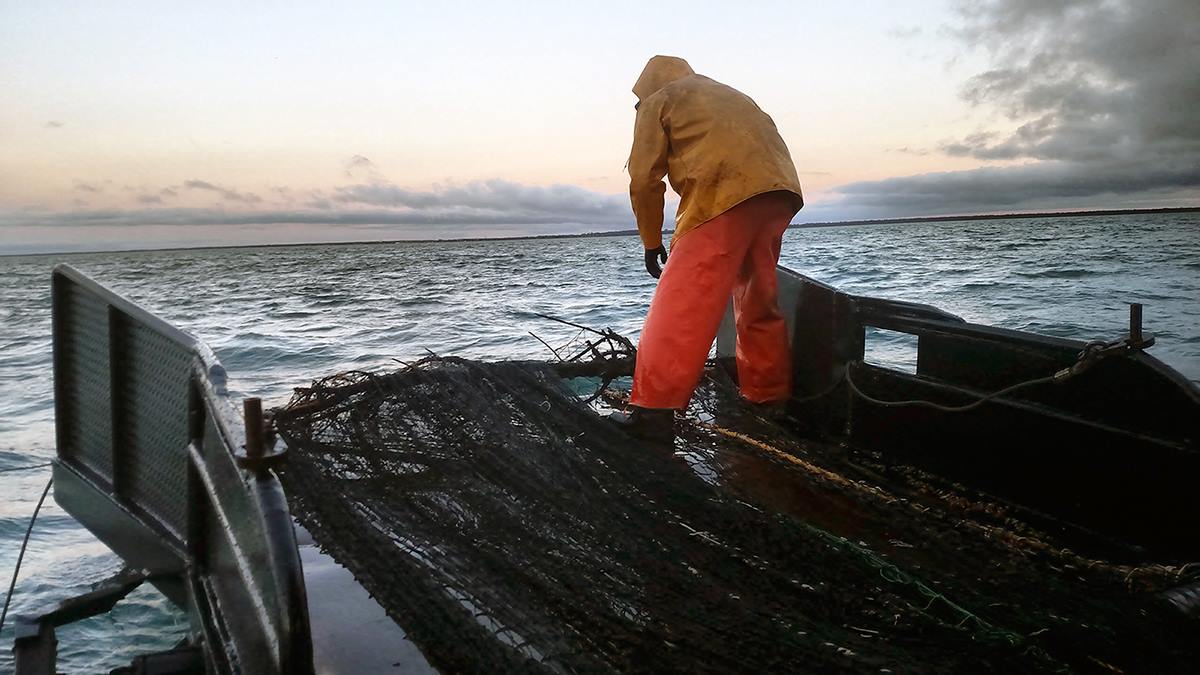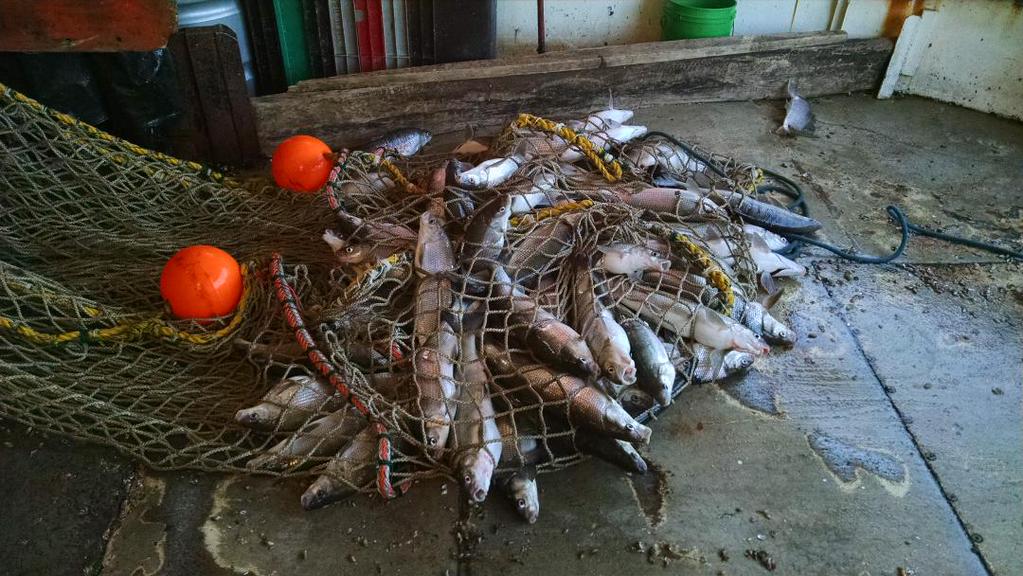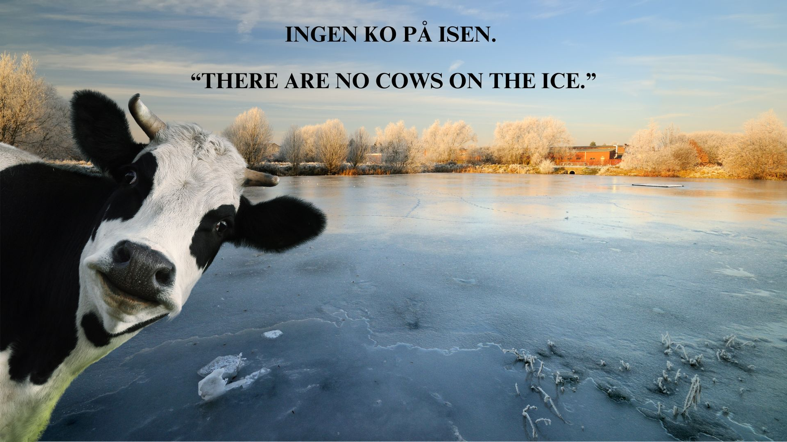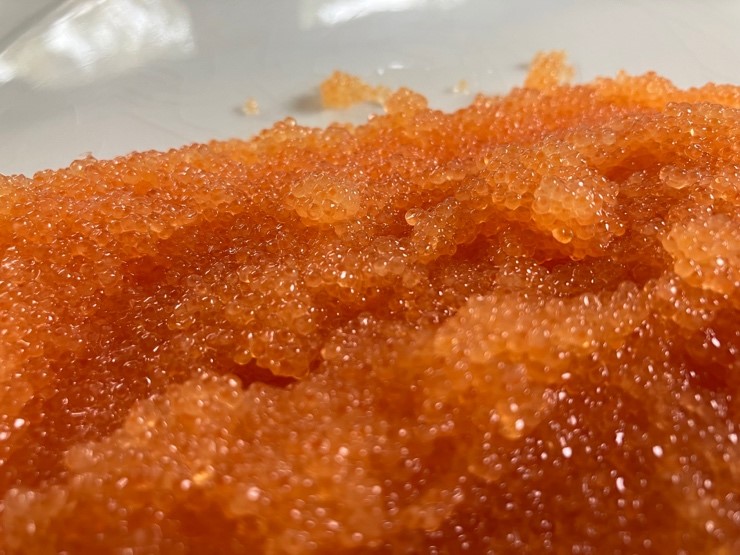Head to Tail Fish Showcase invites producers and consumers to think beyond the fillet

GSGP Executive Director David Naftzger hands a participant an Icelandic energy drink made with fish collagen. Photo: Front Room Studios
On Oct.1, the Head to Tail Fish Showcase celebrated Great Lakes fish products — with not a fillet in sight.
The event aimed at elevating awareness of the Great Lakes St. Lawrence Governors & Premiers (GSGP) 100% Great Lakes Fish initiative, a project that seeks to find commercial uses for all parts of harvested Great Lakes fish. Typically, the fillet, which represents only 40% of the fish, is consumed while the remaining 60% is discarded or used in animal feed and fertilizers.
That fish waste, however, can be turned into pharmaceuticals and other high-value products like fish leather and collagen supplements.
“Our goal is to drive more value through the fishery, create more jobs, create rural economy development and really improve the sustainability of our fishery,” said David Naftzger, executive director of GSGP.
Businesses who join the initiative pledge to use 100% of harvested fish by the end of 2025. So far, 30 Great Lakes commercial fishing and aquaculture operations have signed on, 11 of which are from Wisconsin.
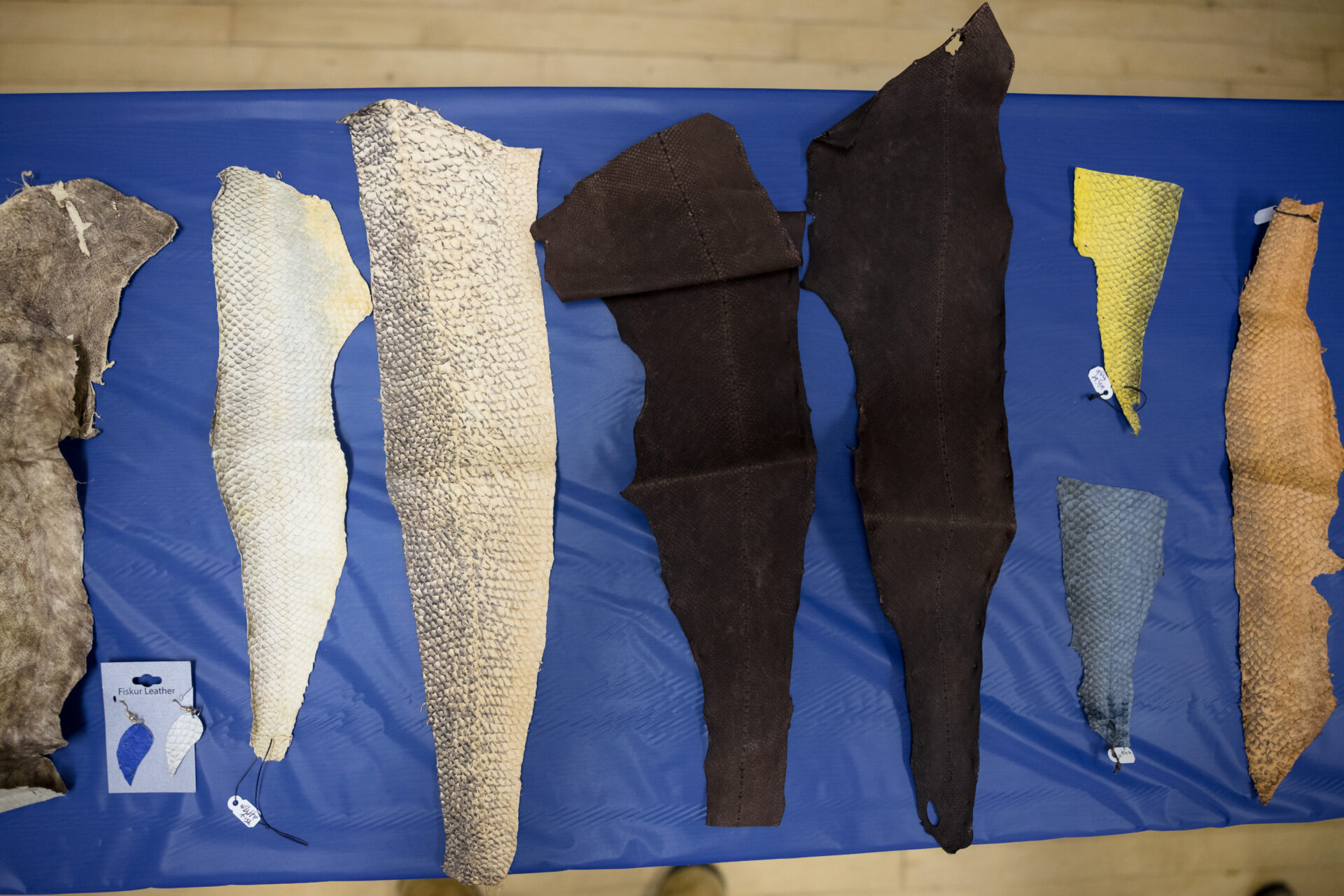
Fish leather was a featured product at the event. Photo: Front Room Studios
“Wisconsin companies have been a real leader and helped to send a message to the rest of the region and to the rest of the fish value chain that there’s raw material available. We want to see it used productively and we want to create some partnerships that can make that happen,” said Naftzger.
The private event was held at the University of Wisconsin-Milwaukee School of Freshwater Sciences for an audience of media and business, academic and government partners. Representatives from UW-Milwaukee, the Wisconsin Economic Development Corporation, Department of Natural Resources and Wisconsin Coastal Management Program offered remarks in support of the program.
Wisconsin Sea Grant helped organize the event. Interim director Christy Remucal said that the initiative aligns well with the program’s focus on sustainable fisheries and aquaculture and commitment to fostering academic, industry and government collaboration.
“I think the 100% Great Lakes Fish Initiative really encapsulates the mission of our work for sustainable resources,” said Remucal. “We’re really proud to be part of this partnership.”
During the event, participants could try a variety of non-filet fish dishes prepared by Third Coast Provisions in Milwaukee, including whitefish roe sliders, pickled herring kimbap, whitefish liver pate, buffalo walleye cheeks and whitefish chili. Restaurant co-owner Cameron Whyte said the team enjoyed finding creative ways to use different parts of the fish.
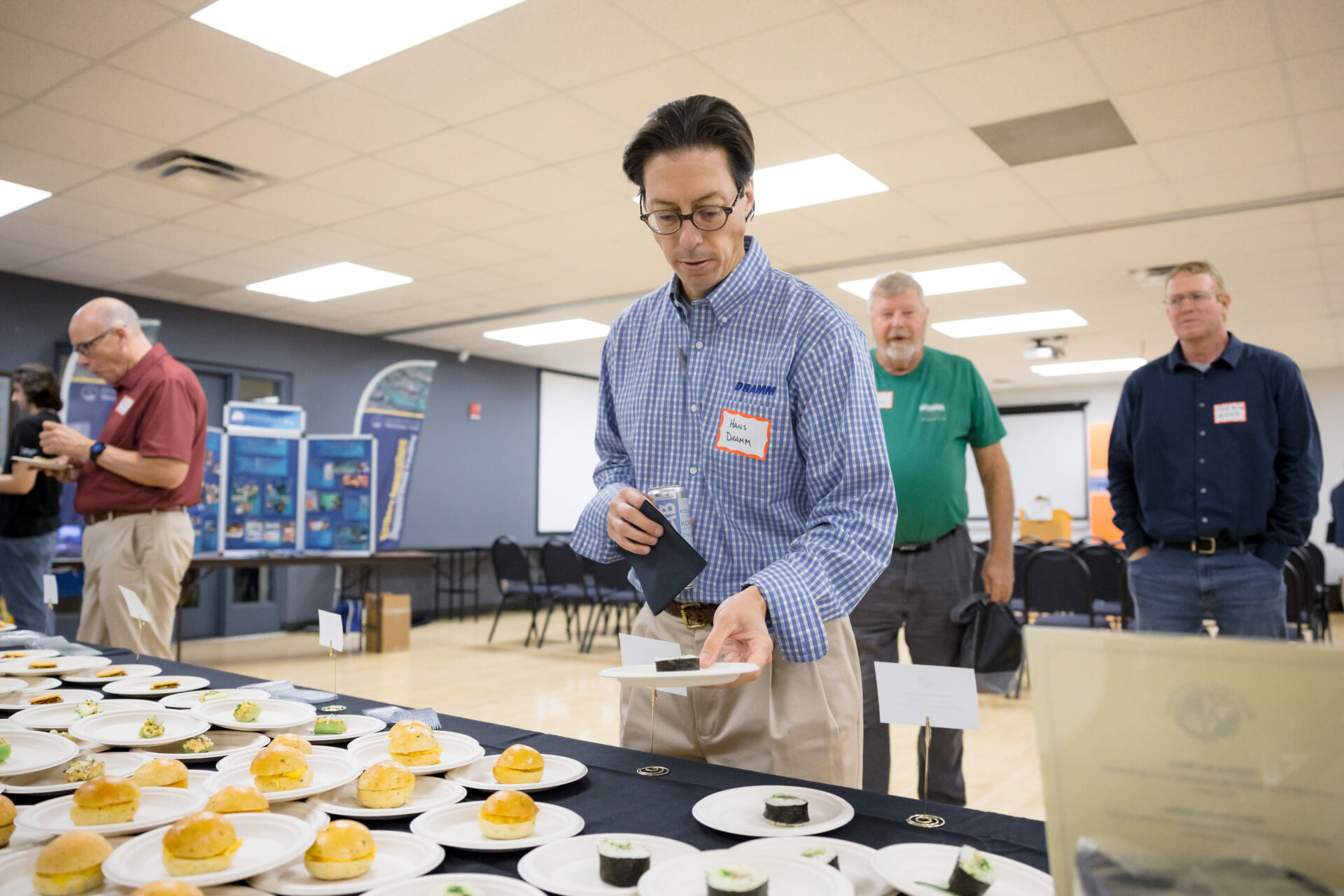
A participant picks up a small plate of pickled herring kimbap. Photo: Front Room Studios
“They sent us some really cool products to try, and it was really kind of a fun opportunity for us to flex our culinary muscles and do something a little different,” said Whyte.
The event also featured non-food items, such as locally produced fish leather, fertilizer and dog treats. Several products from Iceland, such as a fish collagen-infused energy drinks and supplements were also on display.
Naftzger explained that the 100% Great Lakes Fish initiative is modeled after Iceland’s efforts to use all parts of harvested cod. According to GSGP, over 90% is now used, and the value of products made from cod has risen from $12 to $4,000. What was once waste is now an ingredient in beverages, cosmetics and medicinal bandages.
For Door County commercial fisherman Charlie Henriksen, who attended the event, the increase in value of Lake Michigan whitefish doesn’t need to be dramatic for impacts to be felt.
“If six dollars of that trickles back to us, or even if the value of that fish doubles to us, it’s a game changer,” said Henriksen. “It makes our businesses viable, and it gives us a lot of hope.”
The post Head to Tail Fish Showcase invites producers and consumers to think beyond the fillet first appeared on Wisconsin Sea Grant.
News Releases | Wisconsin Sea Grant
News Releases | Wisconsin Sea Grant
https://www.seagrant.wisc.edu/news/head-to-tail-fish-showcase-invites-producers-and-consumers-to-think-beyond-the-fillet/

